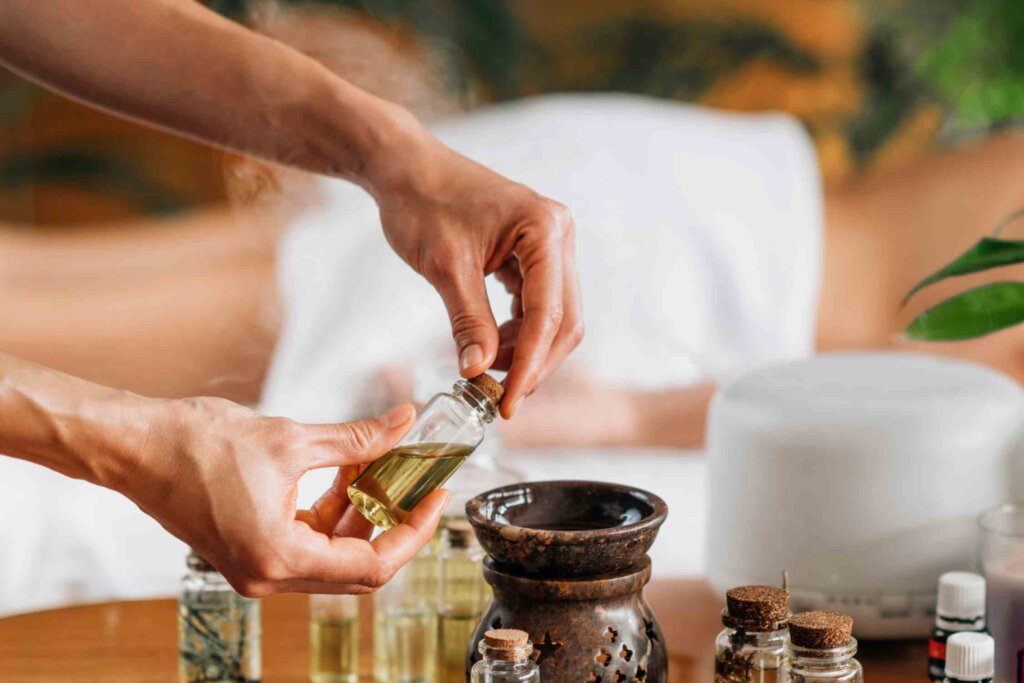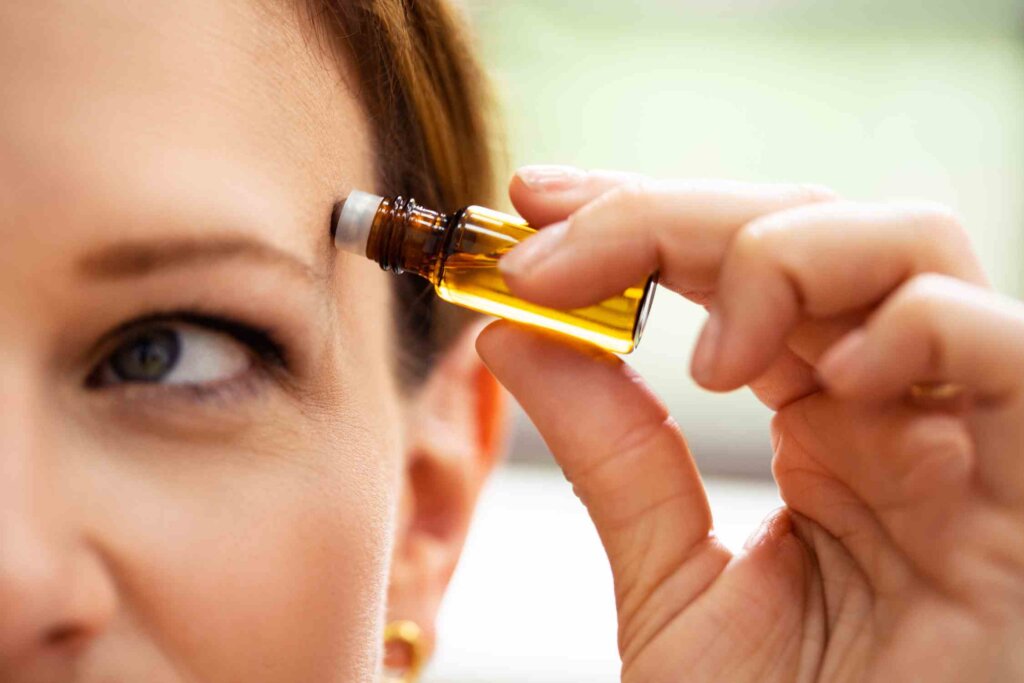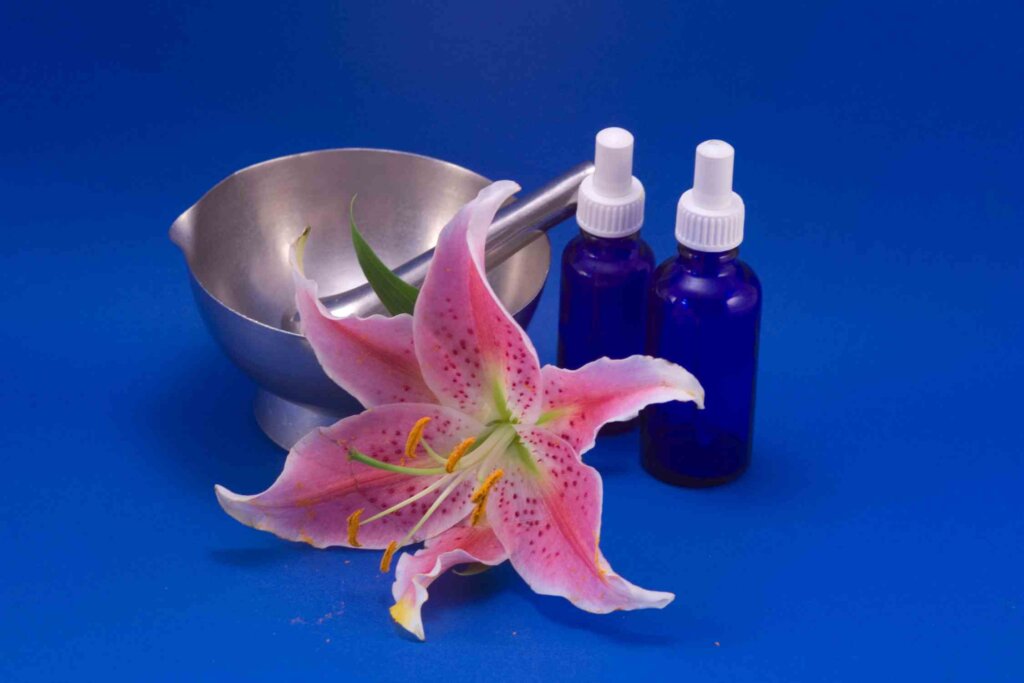Introduction
For thousands of years Aromatherapy has been used to promote health and well-being. It has evolved to become a complimentary modality in the medical field. It uses aromatic essential oils to improve the health of the body, mind, and spirit. This blog post will provide an overview of aromatherapy training, discussing the tools, techniques, and tips that can lead to success in this field. Whether you’re a beginner looking to learn more about this therapeutic practice or an experienced practitioner aiming to deepen your skills, this guide will provide valuable insights.
What is Aromatherapy Training?
Aromatherapy training refers to the education and certification process that individuals undergo to become qualified aromatherapists. It involves learning about different essential oils, their properties, benefits, and how to use them safely and effectively. There are different levels of training, from beginners who want to use aromatherapy for personal use to advanced practitioners aiming to make a career out of it. Proper training in aromatherapy is crucial as it ensures you have the knowledge and skills to use essential oils safely and effectively, whether for yourself or others.

Training programs often cover a wide range of topics, including the history of aromatherapy, basic botany, chemistry of essential oils, methods of extraction, safety precautions, and methods of application. Advanced training might delve deeper into the therapeutic properties of a wider range of oils, blending techniques, and the use of aromatherapy in professional practice.
Essential Tools for Aromatherapy
The star of any aromatherapy practice is, of course, the essential oils. These are concentrated extracts taken from the roots, leaves, seeds, or blossoms of plants. Each oil has its unique chemical makeup and therapeutic properties. Some commonly used essential oils include lavender for relaxation, peppermint for energy, and eucalyptus for respiratory health.
Besides essential oils, other tools necessary for aromatherapy include diffusers, which disperse the oil’s scent throughout a room, and carrier oils, used to dilute essential oils before they’re applied to the skin. Examples of carrier oils include coconut oil, jojoba oil, and almond oil.
When choosing your tools, it’s crucial to aim for quality. Not all essential oils are created equal; some are adulterated with synthetic substances or diluted with cheaper oils. Look for oils that are 100% pure, organic, and sourced and processed responsibly.

Techniques in Aromatherapy
There are several techniques in aromatherapy, with the most basic ones being diffusion, topical application, and inhalation. Diffusion involves using a diffuser to disperse the essential oil’s aroma in a room. Topical application is when the oils, typically diluted with a carrier oil, are applied directly to the skin. Inhalation, on the other hand, involves inhaling the oils, either directly from the bottle or by using a steam inhalation method.
Advanced techniques include blending oils to create custom scents or to achieve specific therapeutic benefits. It’s important to note that safety precautions must be taken when using different techniques. For example, some oils can cause skin irritation if not properly diluted, and some can be toxic if ingested.
Tips for Successful Aromatherapy Training
Choosing the right training program is a crucial first step towards successful aromatherapy training. Look for programs that are accredited by recognized aromatherapy organizations. These programs should cover a comprehensive curriculum and provide a good balance of theory and practical application.
Practicing regularly and experimenting with different oils is another tip for success. The more you work with the oils, the more familiar you’ll become with their properties and uses. Don’t be afraid to try new blends and applications; part of the fun of aromatherapy is discovering new combinations that work for you.
Lastly, continuing education is key. Even after you’ve completed your initial training, there’s always more to learn in the ever-evolving field of aromatherapy. Attend workshops, seminars, and online courses to keep your knowledge and skills up-to-date.

Case Studies of Successful Aromatherapists
Many individuals have found success after completing aromatherapy training. For example, one certified aromatherapist used her skills to start her own business, creating custom essential oil blends for clients. Another aromatherapist incorporated aromatherapy into her existing massage therapy practice, enhancing her services and providing additional value to her clients.
These case studies demonstrate the potential of aromatherapy training. It can lead to a fulfilling career where you help others improve their health and well-being, or it can complement other health and wellness practices.
Excellent Aromatherapy Training
Joyessence Aromatherapy Centre is a renowned institution dedicated to providing comprehensive and quality aromatherapy training. It offers a carefully curated curriculum designed to equip students with the necessary tools and techniques for a successful career in aromatherapy.
At Joyessence, we introduce a broad range of essential oils and their therapeutic properties to students. They learn how to use these oils safely and effectively through various methods such as diffusion, topical application, and inhalation. By ensuring that students have access to top-notch tools, Joyessence plays a pivotal role in setting them up for success in their aromatherapy journey.
Beyond just equipping students with the right tools, Joyessence Aromatherapy Centre also focuses heavily on teaching the correct techniques. The instructors at Joyessence are experienced practitioners who bring a wealth of practical knowledge to the classroom.
They guide students through the process of blending oils, creating custom scents, and applying oils for specific therapeutic benefits. Additionally, the centre places a strong emphasis on safety, ensuring students understand the precautions to take when using different oils and techniques.
Through this hands-on, safety-first approach to teaching, Joyessence ensures that its students are well-prepared to start their careers as professional aromatherapists.
Summary
Aromatherapy training is a rewarding journey that opens up a world of opportunities. With the right tools, techniques, and tips, you can become a successful aromatherapist. Remember to choose quality tools, practice safe techniques, commit to continuous learning, and most importantly, enjoy the process. The world of aromatherapy is rich and diverse, filled with scents and sensations waiting to be explored.
Frequently Asked Questions
1. Q: What is aromatherapy training?
A: Aromatherapy training refers to the education and certification process that individuals undergo to become qualified aromatherapists. It involves learning about different essential oils, their properties, benefits, and how to use them safely and effectively. Training programs often cover a wide range of topics, including the history of aromatherapy, basic botany, chemistry of essential oils, methods of extraction, safety precautions, and methods of application.
2. Q: What are the common essential tools needed for aromatherapy?
A: The primary tools needed for aromatherapy are essential oils, which are concentrated extracts taken from the roots, leaves, seeds, or blossoms of plants. Other necessary tools include diffusers, which disperse the oil’s scent throughout a room, and carrier oils, used to dilute essential oils before they’re applied to the skin.
3. Q: What are some basic techniques used in aromatherapy?
A: Basic techniques in aromatherapy include diffusion, topical application, and inhalation. Diffusion involves using a diffuser to disperse the essential oil’s aroma in a room. In topical application, the oils are typically diluted with a carrier oil, are applied directly to the skin. Inhalation involves inhaling the oils, either directly from the bottle or by using a steam inhalation method.
4. Q: How can one ensure success in their aromatherapy training?
A: Success in aromatherapy training can be ensured by choosing the right training program, practicing regularly and experimenting with different oils, and committing to continuing education. It’s important to choose programs that are accredited by recognized aromatherapy organizations, and to keep learning even after the initial training through workshops, seminars, and online courses.
5. Q: Can aromatherapy training lead to a career?
A: Yes, aromatherapy training can indeed lead to a career. Many individuals have found success after completing aromatherapy training, starting their own businesses creating custom essential oil blends for clients, or incorporating aromatherapy into existing health and wellness practices.
References
https://www.sciencedirect.com/science/article/pii/S0002945923027857
https://naha.org/explore-aromatherapy/about-aromatherapy/methods-of-application/
https://www.starterstory.com/ideas/essential-oils-business/success-stories

